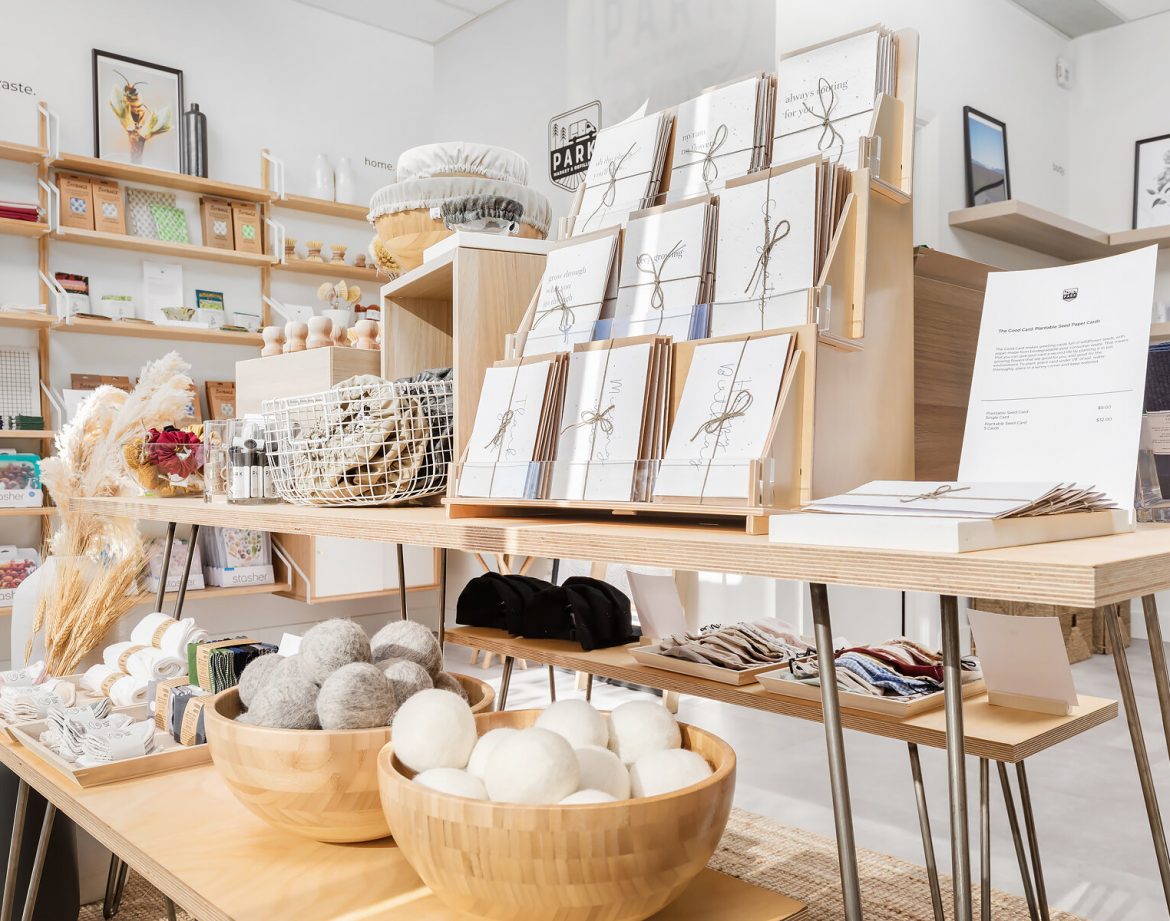How To Decide On A Merchandising Style
Envision you are walking into a high-end luxury boutique. Now, instead, envision an accessible, budget-friendly, high volume store instead. You may have only pictured a snapshot of the overall presentation, yet it is enough to notice striking differences. A strong brand image means visual consistency in all of the spaces where a brand is shown, and that is true both in marketing, as well as in visual merchandising.
A merchandising style is the manner in which a product is displayed, such as the way it is folded, hung, or featured in any way. The fullness of a space, including the number of units placed per SKU, counts towards the merchandising style as well. Variations of merchandising styles are based on differences in clientele’s shopping needs and expectations, operational needs, and very much also the brand image itself. Operationally, the merchandising styles need to fulfill volumes of inventory and sales goals. Just as in marketing, they communicate key selling points about the products as a silent seller and showcase the value of the products. Merchandising styles also affect the way that customers interact with the products, and therefore affect shopping behaviours.
When deciding on the merchandising style of the brand, there are several factors that should be considered. For example, the presentation standards of fellow competitors. They may or may not have correct alignment with the brand, but they could help inspire ideas or unveil what does not work. Another consideration is how the customers shop. This may be tricky, because it at times means that individual retail locations may start to implement their own presentation standards to cater to their local markets, which at times may conflict with the overall target market. Ideally, this would mean finding a common ground, which suits the local market and while also representing the overall brand to attract the correct target market.
Other factors to consider when choose merchandising styles are:
- Current retail and interior design display trends
- Product requirements to portray key selling points
- Conversation opportunities with customers to open dialogue
- Presentation capabilities of the fixtures
Sales targets in conjunction with unit counts also play a factor in determining merchandising styles; does the space present enough product to suit the sales goals? Or perhaps editing down the assortment shown will help to turn the products over at a faster pace? Selling faster may mean more work for replenishment, but it can be more productive in achieving sales goals. Stocking more products at once to sell higher volumes does not often work. By sacrificing your visual presentation with too much product, you are simply housing aged goods.
Merchandising styles of the retail space can be set by assessing the merchandising needs of each product category and space zone, including how to engage your customers to your products. Above all, remember that retail spaces are not stockrooms for simply housing products. Retail spaces are presentation showrooms, where brands entice customers through visual communication.
Article by:




